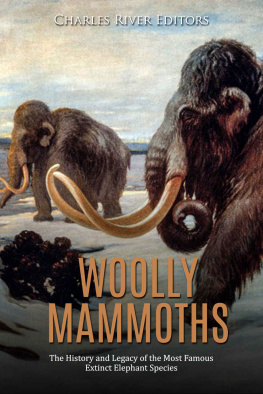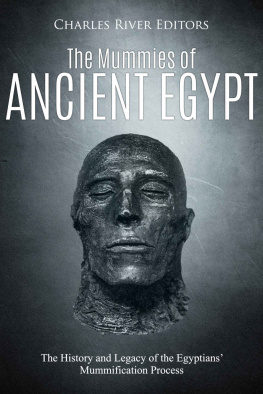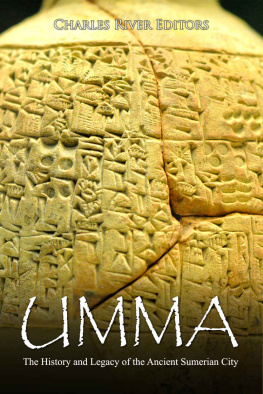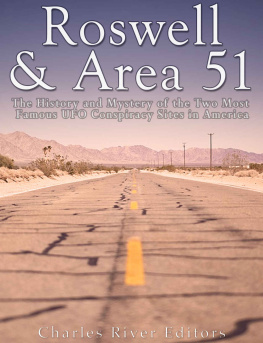Charles River Editors - Woolly Mammoths: The History and Legacy of the Most Famous Extinct Elephant Species
Here you can read online Charles River Editors - Woolly Mammoths: The History and Legacy of the Most Famous Extinct Elephant Species full text of the book (entire story) in english for free. Download pdf and epub, get meaning, cover and reviews about this ebook. year: 2019, publisher: Charles River Editors, genre: Detective and thriller. Description of the work, (preface) as well as reviews are available. Best literature library LitArk.com created for fans of good reading and offers a wide selection of genres:
Romance novel
Science fiction
Adventure
Detective
Science
History
Home and family
Prose
Art
Politics
Computer
Non-fiction
Religion
Business
Children
Humor
Choose a favorite category and find really read worthwhile books. Enjoy immersion in the world of imagination, feel the emotions of the characters or learn something new for yourself, make an fascinating discovery.
- Book:Woolly Mammoths: The History and Legacy of the Most Famous Extinct Elephant Species
- Author:
- Publisher:Charles River Editors
- Genre:
- Year:2019
- Rating:4 / 5
- Favourites:Add to favourites
- Your mark:
- 80
- 1
- 2
- 3
- 4
- 5
Woolly Mammoths: The History and Legacy of the Most Famous Extinct Elephant Species: summary, description and annotation
We offer to read an annotation, description, summary or preface (depends on what the author of the book "Woolly Mammoths: The History and Legacy of the Most Famous Extinct Elephant Species" wrote himself). If you haven't found the necessary information about the book — write in the comments, we will try to find it.
Woolly Mammoths: The History and Legacy of the Most Famous Extinct Elephant Species — read online for free the complete book (whole text) full work
Below is the text of the book, divided by pages. System saving the place of the last page read, allows you to conveniently read the book "Woolly Mammoths: The History and Legacy of the Most Famous Extinct Elephant Species" online for free, without having to search again every time where you left off. Put a bookmark, and you can go to the page where you finished reading at any time.
Font size:
Interval:
Bookmark:
By Charles River Editors
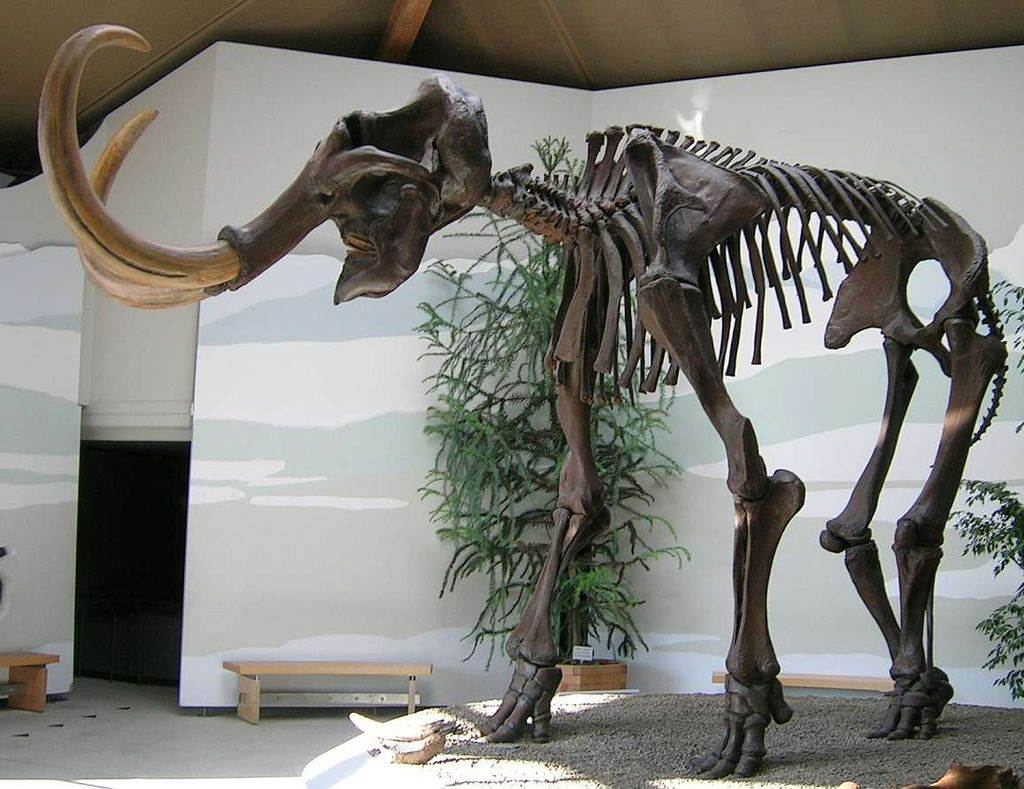
A woolly mammoth skeleton

Charles River Editors is a boutique digital publishing company, specializing in bringing history back to life with educational and engaging books on a wide range of topics. Keep up to date with our new and free offerings with this 5 second sign up on our weekly mailing list , and visit Our Kindle Author Page to see other recently published Kindle titles.
We make these books for you and always want to know our readers opinions, so we encourage you to leave reviews and look forward to publishing new and exciting titles each week.
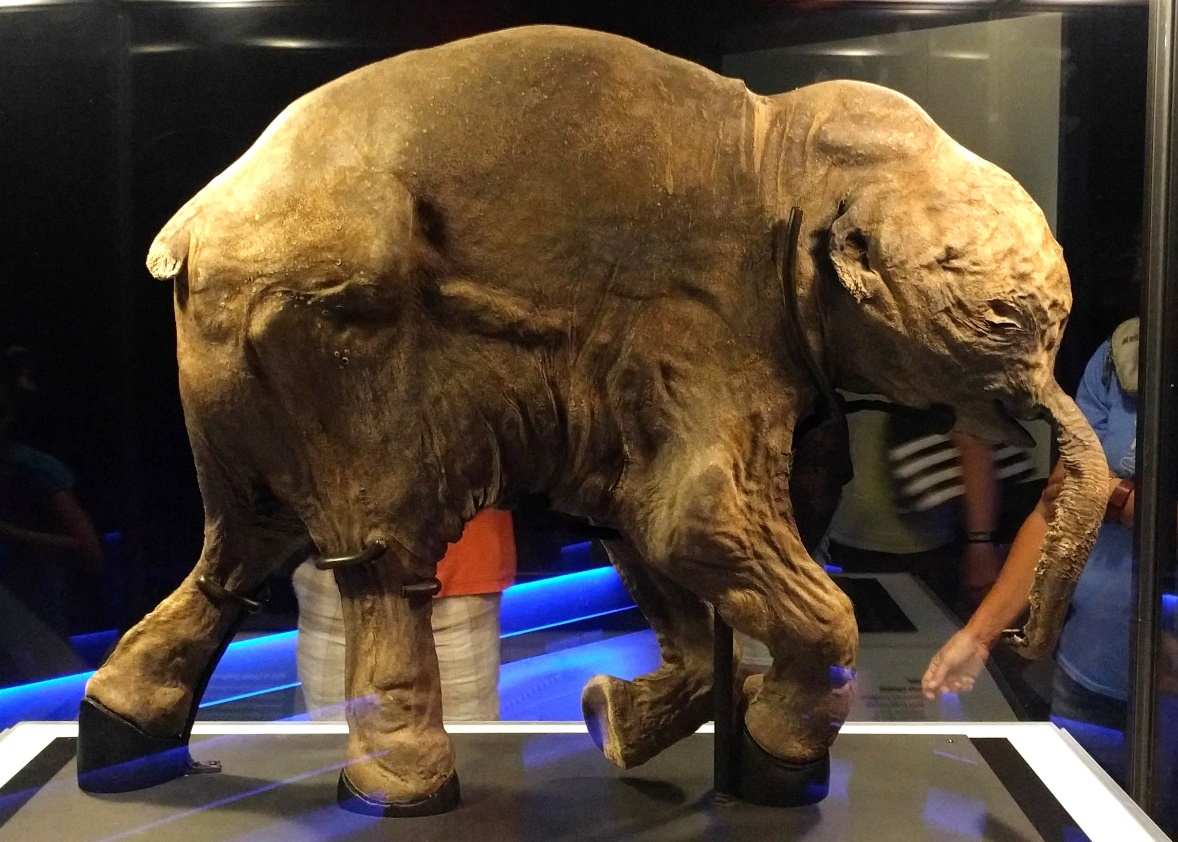
Ruth Hartnups picture of an almost entirely intact fossil of a woolly mammoth calf
It was a frosty, wintry September morning in 2012 when 11-year-old Yevgeny Zhenya Salinder donned his warmest quilted jacket, a knitted woolen cap, and matching mittens and headed out the door with his faithful, tail-wagging dogs in tow. Like most mornings, the kid ambled about near the Sopkarga polar weather station, an isolated region in the northern Russian Taymyr Peninsula where he resided, but this particular morning, his pace was slowed by a foul, almost eye-watering stench. Intrigued, Salinder and the dogs sniffed out the source of the strange miasma, and in the process they stumbled upon a defrosted pair of heels from an unknown creature protruding from the cold earth.
When young Salinder relayed what he had found to his parents, they alerted the authorities, but initially nobody had the slightest notion how profound the discovery was. The heels, as it turned out, were attached to the carcass of a 16-year-old woolly mammoth that perished some 30,000 years ago, almost completely intact. The mammoth, initially nicknamed Zhenya after its discoverer, was said to be the most significant discovery of a mammoth since 1901, and it is the second-best preserved of its kind that has ever been uncovered. Not only was its skeleton in near-pristine condition, it also bore one of its tusks, a mass of skin, fat, meat, an eye, an ear, and many of its organs. It was this stunning find that allowed scientists to confirm the purpose of the humps found on the backs of these creatures, which were extra compartments of insulatory fat.
By the time Zhenya made the discovery, people had been quite familiar with the extinct giants for many years, and people across the world have seen models and depictions of them to go along with the fossils. Since Georges Cuvier recognized the specimens as an extinct elephant species near the end of the 18 th century, various finds of mammoth fossils, particularly in places where they were well preserved in the cold, have made the woolly mammoth perhaps the most popular extinct animal outside of the dinosaurs. Standing around 10 feet tall and weighing several tons, woolly mammoths seem like the stuff of legend, but ancient cave art indicated that unlike dinosaurs, woolly mammoths were contemporaries of early humans, with the last ones going extinct only about 4,000 years ago. All of that explains why people have long been fascinated by woolly mammoths and have even envisioned bringing them back to life via genetics sometime in the future.
Woolly Mammoths: The History and Legacy of the Most Famous Extinct Elephant Species looks at the origins of the woolly mammoths and the fossil finds. Along with pictures depicting important people, places, and events, you will learn about the woolly mammoths like never before.
They wear our hair as if it were their skin.
Still, I live through many winters,
through each warm season's hardheaded matches...
I know how many herds have fled, and the curves
Of carcasses stripped to bone by men, wind, and time.
I do not know that I am gone. Lauren Moseley, Song of the Woolly Mammoth
The engrossing, but head-scratching leftovers of woolly mammoths and their counterparts puzzled mankind for centuries on end, because long before the dawn of contemporary science and the ubiquitous popularization of cave paintings, such a creature was practically inconceivable. Those who chanced upon the bafflingly oversized bones of these mystifying beasts, mostly hidden in caves and slumbering under boulders, could only refer to existing source materials. Thus, these relics were naively vaunted as the bones of fabled giants, incarnate deities, and other corporeal spiritual beings from ancient lore who had been bested by religious pantheons, after which the remains of the ill-starred rebels were strewn across the Earth and buried by the unforgiving hands of time.
Pliny the Elder, a Roman naturalist and philosopher from the 1 st century CE, once made a reference to a gargantuan, upright skeleton measuring 46 cubits in height that had revealed itself in Crete following an exceptionally turbulent earthquake that threatened to splinter the island. Given the extremely varying dimensions of the ancient Roman cubit, the skeleton was anywhere between a whopping 67 feet to 184 feet in stature. Some speculated that the skeleton belonged to the Greek huntsman god Orion, the son of Poseidon and Euryale and the fleshly form of his namesake constellation. Others insisted that it was Otus, one of the twin sons of Poseidon and Iphimedia, who were collectively known as the Aloadae. As the legend goes, Otus and his brother, Ephialtes, were twin giants who were blessed with herculean strength and cursed with an overblown ego. The Aloadae taunted the Olympian gods on numerous occasions, a string of provocations that culminated in their attempt to assail the pantheon's heavenly kingdom. Unfortunately for the Aloadae, the feat was far too ambitious, and they were conquered by Apollo, who destroyed the twins and buried their corpses under great rocks.
The Greco-Roman writer Plutarch also recounted the discovery made by Quintus Sertorius, a Roman statesman and soldier who allegedly unearthed the grave of Antaeus, son of Poseidon and Gaea, in Africa. It allegedly contained the body of the Libyan giant, which measured roughly 60 cubits in length. An excerpt from the account of the Greek geographer and historian Strabo, regarding the same discovery, explained, Gabinius, the Roman historian, indulges in marvelous stories of Mauritania. He speaks of a sepulcher of Antaeus at Lynx, and a skeleton 60 feet in length which Sertorius exposed, and afterwards covered with earth.
As amazing as those accounts were, none could hold a candle to the confounding carcass uncovered by Menecrates of Steiria in Lemnos. Philostratus, a Greek sophist who had the privilege of examining the stunning find up close, wrote, I saw it the year before last when I sailed from Imbros. The bones were no longer in order, the vertebra had been separated from one another, and the ribs had been detached from the vertebra. When you viewed them together as if forming one object, the size seemed frightful. In order to measure the size of the head, they poured some wine into it, and two Cretan amphorae were not big enough to fill it. Towards the south of Imbros was a promontory called Naulachus, where a piece of ground having broken away, disclosed the body of a very large giant.
Font size:
Interval:
Bookmark:
Similar books «Woolly Mammoths: The History and Legacy of the Most Famous Extinct Elephant Species»
Look at similar books to Woolly Mammoths: The History and Legacy of the Most Famous Extinct Elephant Species. We have selected literature similar in name and meaning in the hope of providing readers with more options to find new, interesting, not yet read works.
Discussion, reviews of the book Woolly Mammoths: The History and Legacy of the Most Famous Extinct Elephant Species and just readers' own opinions. Leave your comments, write what you think about the work, its meaning or the main characters. Specify what exactly you liked and what you didn't like, and why you think so.

